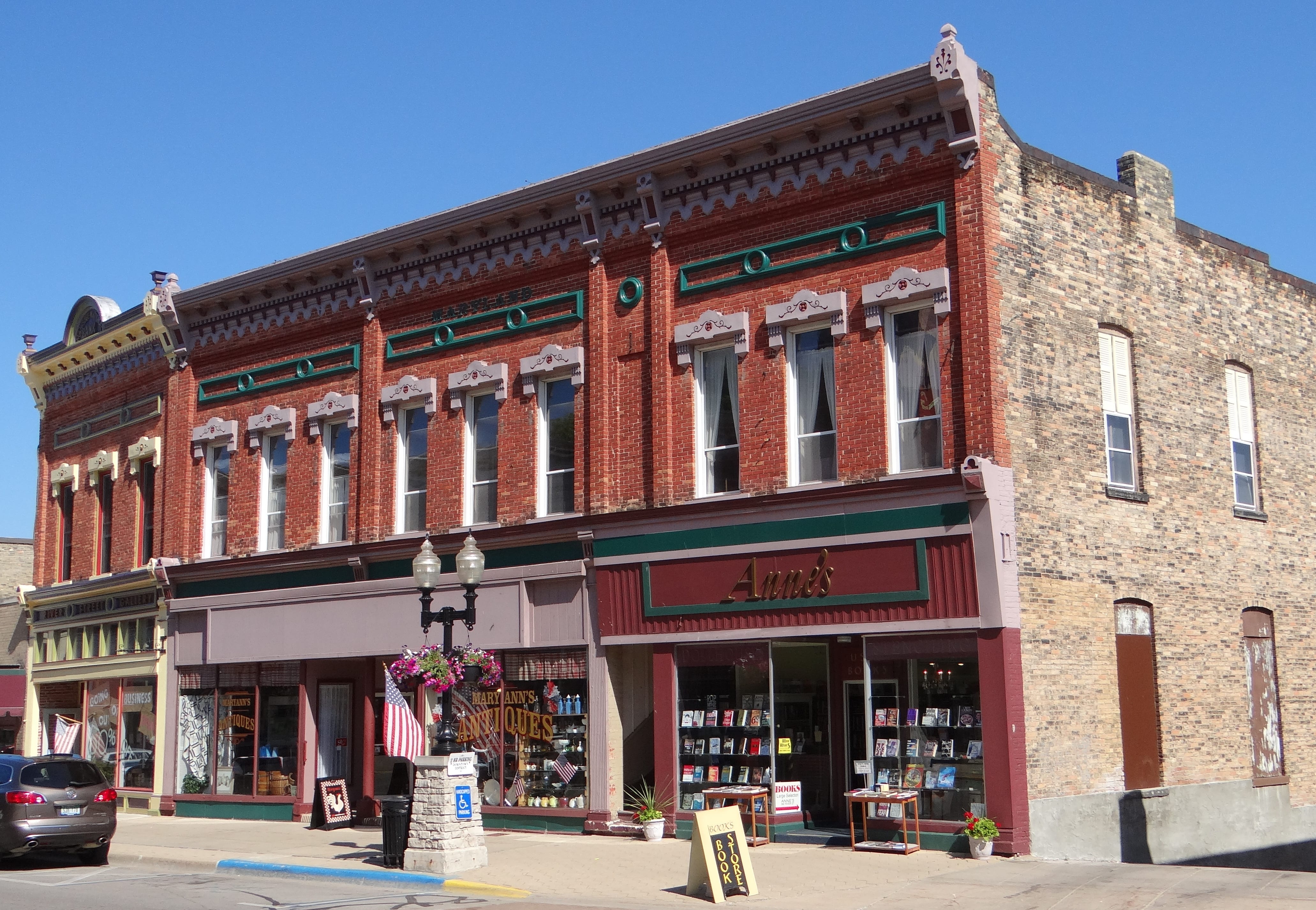PPP loans can give you the funds you need to keep the doors open during the Covid-19 pandemic, and as long as you use them to maintain jobs, you can even get forgiveness of the loan.
Paycheck Protection Program loans, also known as PPP loans, are awarded to small businesses to help them meet employee-related costs. Ostensibly designed so that companies can continue to employ workers, the loans can also be used to make mortgage or rent payments and utilities, which relate to keeping a business open during the pandemic.
Qualifying for a PPP loan is easier than meeting traditional bank loan standards, and PPP loans offer these unique features:
- The loans can be forgiven if borrowers use them exclusively to make payroll.
- Forgiveness can extend to using the funds for rent, mortgage payments, and utilities incurred after the date of the loan.
- The loans carry a 1 percent interest rate over the life of the loan.
- Payments on the loan are deferred for six months.
- Loans are available to businesses and small nonprofit organizations that employ paid staff.
- Loan money that is not used for payroll, utilities, rent, or mortgage payments isn’t eligible for the loan forgiveness program.
If applying for a second PPP loan, you will be unable to use the SBA PPP portal if you have a pending application with the U.S. Small Business Administration (SBA). However, borrowers can apply for a second loan after certifying that all of the first loan funds have been spent or will be spent by the time they receive any funds for the second loan.
It’s important to note that receiving a second loan requires that you show records of a 25 percent drop in gross income. The SBA has information on what is needed to show the 25 percent drop in income.

You should retain any PPP-related documents for at least 6 years after the date on which the loan is forgiven.
Streamlined Review Process
The SBA recently made changes in its review process to expedite loan approvals and speed up the process. The changes include faster reviews of previously granted loans for those applying for a second PPP loan.
The reviews have revealed anomalies – such as eligibility concerns and data mismatches – in about 4.7 percent of the loan applications, and these require getting follow-up information before borrowers are approved for second loans.
The Loan Forgiveness Process
Borrowers need to understand the loan forgiveness process in order to address issues that might arise during the review process. The things you need before filling out the application for loan forgiveness include:
- Each bank has its own calculating and internal processes, so know them well.
- Make sure you understand the percentages and have your certifications of how the loan money was spent.
- Loan money that was used for other purposes can’t be forgiven, so understand that you can only apply for forgiveness on loan funds used for payroll, rent, or mortgage payments and utilities.
- The timeline for forgiveness gives your lender 60 days to make a decision after receiving your application.
- If the decision is against any forgiveness for any part of the loan, the lender must inform you and the SBA of their decision.
- The SBA has 90 days to review a negative decision.
The SBA has an appeals process on loan forgiveness decisions, and the agency can initiate a review independently if it detects anomalies, conflicting data, and other errors.
The takeaway is that PPP loans can give you the funds you need to keep the doors open during the Covid-19 pandemic, and as long as you use them to maintain jobs, you can even get forgiveness of the loan.


Join the conversation!